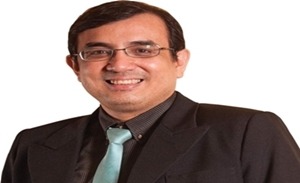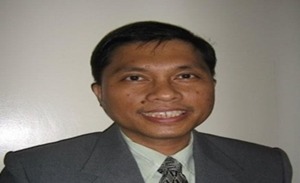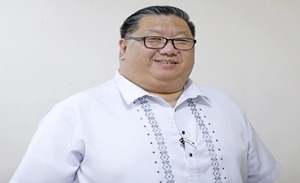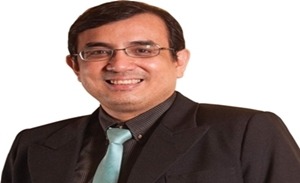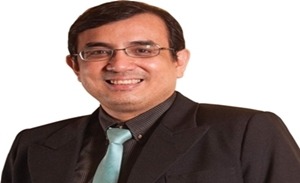ESPRESSO MORNINGS
By Joe Zaldarriaga
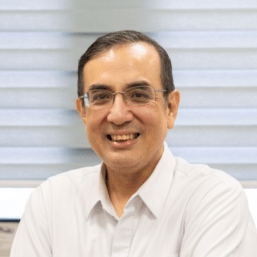
Under his guidance, Meralco achieved unprecedented milestones, clinching a historic 3-peat Company of the Year title at the IABC Philippine Quill Awards, scoring the only PR Team of the Year trophy bestowed at the Anvil Awards, and securing numerous honors at international and local communication awards.
Manong Joe’s leadership also extends as a respected member of the Board of Trustees for the Public Relations Society of the Philippines (PRSP), concurrent with his role as Chairman of the International Association of Business Communicators Philippines (IABC Philippines) where he also served as its President.
Manong Joe is a distinguished awardee of the medallion of honor and scroll of commendation from the University of Manila, owing to his years in public service as a communications professional. He shares his insights through columns in renowned publications, including The Philippine Star’s The Z Factor, and Philippine News Agency’s ESPRESSO MORNINGS.
With social media deeply embedded in our everyday lives, it has become all too common to be flooded with information from various sources —all of whom are claiming to be spewing facts and the truth.
The constant stream of information readily available in different forms —articles, videos, photos, and even graphics— from different sources has made it increasingly difficult for people to discern credible information, making more people vulnerable to misinformation and disinformation or what has become commonly known as “fake news”.
I recently tackled this persistent serious problem during a seminar hosted by the Public Relations Society of the Philippines on how to fight fake news, where I posed the question: if spotting fake news is already challenging, wouldn’t finding the truth be just as difficult?
In this age where information is easily available with one click and anyone can be a publisher online, it has become increasingly important for us as consumers of information to be more discerning and critical of what we see and read on social media.
Fake news thrives after all not just because it is produced but more so because it is convincingly believed, shared, and amplified on various platforms, especially social media. It has become easy to fall into the trap of believing something just because it confirms what we already feel or think.
But not everything on social media is accurate or even made in good faith. Nowadays, we see false claims, spliced videos, and out-of-context quotes spreading like wildfire on social media —feeding on the biases, lack of media literacy education, and lack of access to reliable sources of information of the people.
If we take all the content that we see on social media at face value, we risk building our beliefs on lies, which in turn would affect our decisions and actions. This is why many fall victim to making decisions based on half-truths, which often leads to more misinformation.
This is why it’s important for us as consumers of information to always get the full picture by understanding context so we can make fully informed decisions. Context is what separates facts from distortion. It gives us the full picture so we can fight misinformation.
We should have the mindset that digital literacy is not limited to knowing how to use a smartphone or social media. To navigate today’s digital age, we must all practice critical thinking, media literacy, and fact-checking.
Misinformation can now spread faster than the truth —and often, more convincingly. As consumers of information, we must realize that the first line of defense against fake news is within ourselves. While those spreading misinformation and disinformation should be penalized, the reality is no law can completely protect us from being misled. It is up to each one of us to be responsible consumers of information.
Do we add to the problem by clicking before thinking or do we help fight fake news by thinking before clicking?
Let’s be smarter about what we read and share. Let’s demand and understand context. Check sources if these are reliable and investigate the evidence behind the claims. Use fact-checking tools to see if the information is true.
Every time we decide to share a post, comment on an article, forward a message, we are making a choice between informing others or misleading others.
We must always remember that our actions on social media can influence others and shape perception.
In this age of rabid fake news, let’s look out for one another by becoming responsible consumers of information and fighting misinformation with facts and the proper context.

